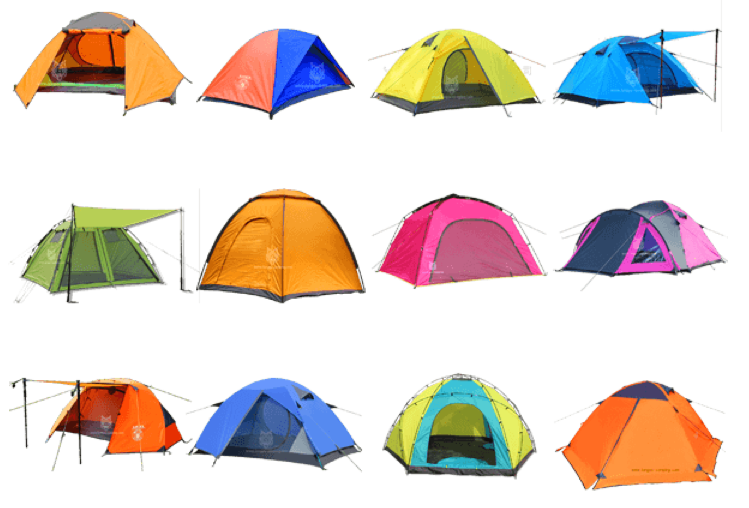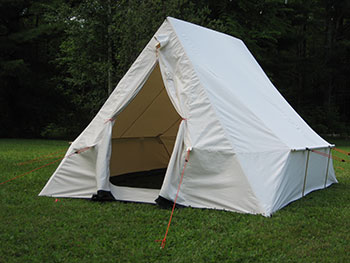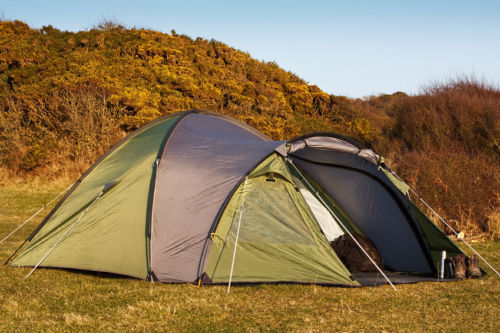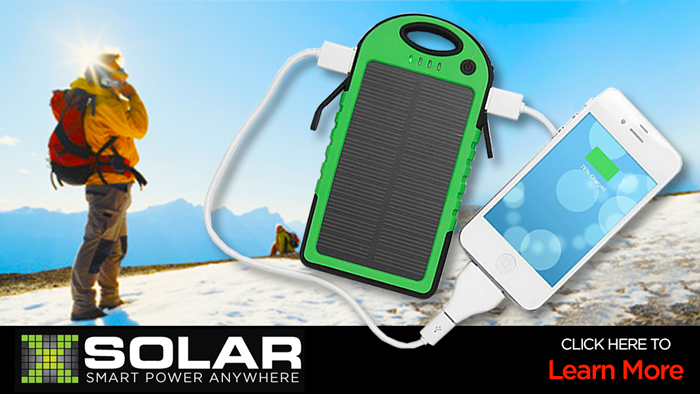Differences Between Common Types of Tent Materials
Tents are used under various conditions while serving different purposes based on the material that they are made from. It’s important to choose the right tents for the task, and there are a few things to consider when shopping around. Let’s take a look at some of the key characteristics of popular tent materials as well as common uses so that you will be able to pack exactly what you need based on the conditions that you will be facing.
Canvas
Canvas represents some of the oldest and most durable tent material out there. It is ideal for heavy-duty applications in situations where mobility and space are not much of an issue. It can create a strong barrier against rain, snow and wind, but it also is not that good at trapping heat. However, it makes the best material for tents that will have heaters inside because they are not as flammable as their synthetic counterparts.
Canvas also has limited water resistance as well, and while it may keep water outside, the material itself can become wet and require a long time to dry before packing or storing. Make sure to get treated material or apply some spray in order to make it as water-resistant as possible.
Keep in mind that canvas or cotton tents don’t usually include stitching that supports aluminum poles or frames. Construction can involve lashing cordage through eyelets in the material, and the frame will need to be made from wood or PVC material. This makes transport, storage and assembly more complex but these tents produce the strongest level of protection and shelter.
Polyester/Nylon
These synthetic materials are extremely light-weight and water-resistant. They don’t shrink, bunch up or get dry and flaky after becoming wet, and they generally allow water to bead off and drip to the ground. However, they are also notorious for impeding air circulation, and it’s important to choose tents that have large openings to allow air to pass through. They also trap heat, which makes them ideal for cold-weather conditions, but they are also very flammable.
The material tends to melt and drip as it burns, and this can lead to serious injury as well as the spread of fire. Keep open flames and other heat sources away from the walls, and make sure that rising heat can’t melt and ignite the roof as well.
Polycotton
Polycotton is basically a blend of canvas or cotton tents along with some synthetic material. This produces a tent that is a little stronger than their synthetic counterparts and not as heavy as canvas. However, they also tend to be on the expensive side, and not all of them are treated with water-resistant material. These tents are easier to pack and transport than canvas, and many are designed to be setup with poles and frames like their synthetic counterparts. This type of tent is good for short-term camping situations in low to moderately-harsh environments.
Synthetic tents are usually designed to be easy to assemble and transport as the components can be compacted. They also usually include stitching that allows for the insertion of aluminum or lightweight plastic tubing to create the frame. Good products can be put together in minutes with one or two people, and they are very easy to compact, store and transport.
Make sure to consider how and under what conditions that you will be using tents before making purchases and incorporating them into your overall strategies. This will help you to make the most efficient choices while minimizing risk as well as inconvenience while you are in the field and setting up camp.




